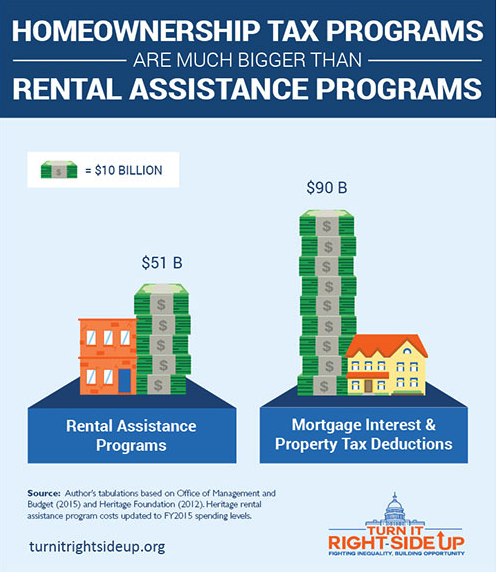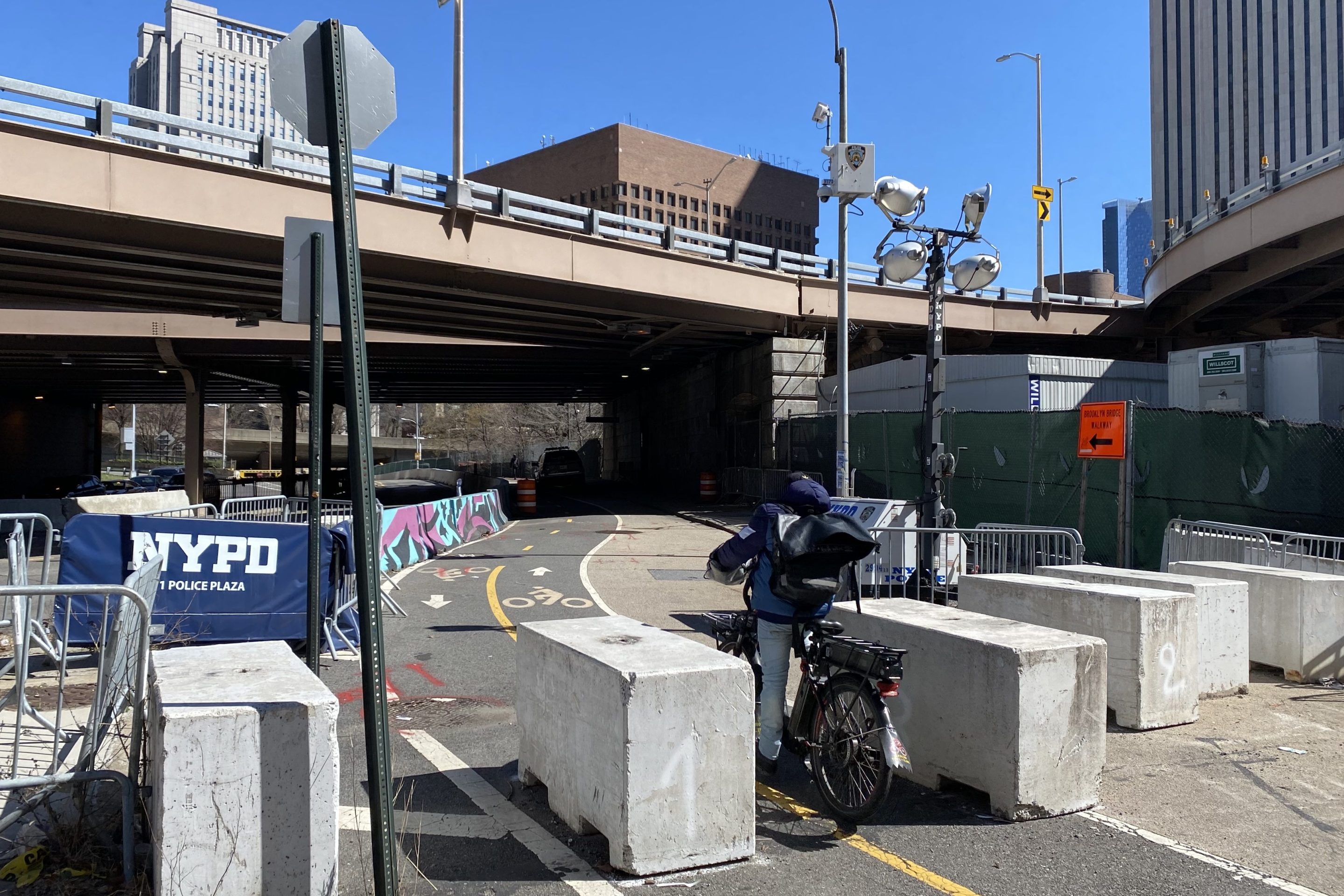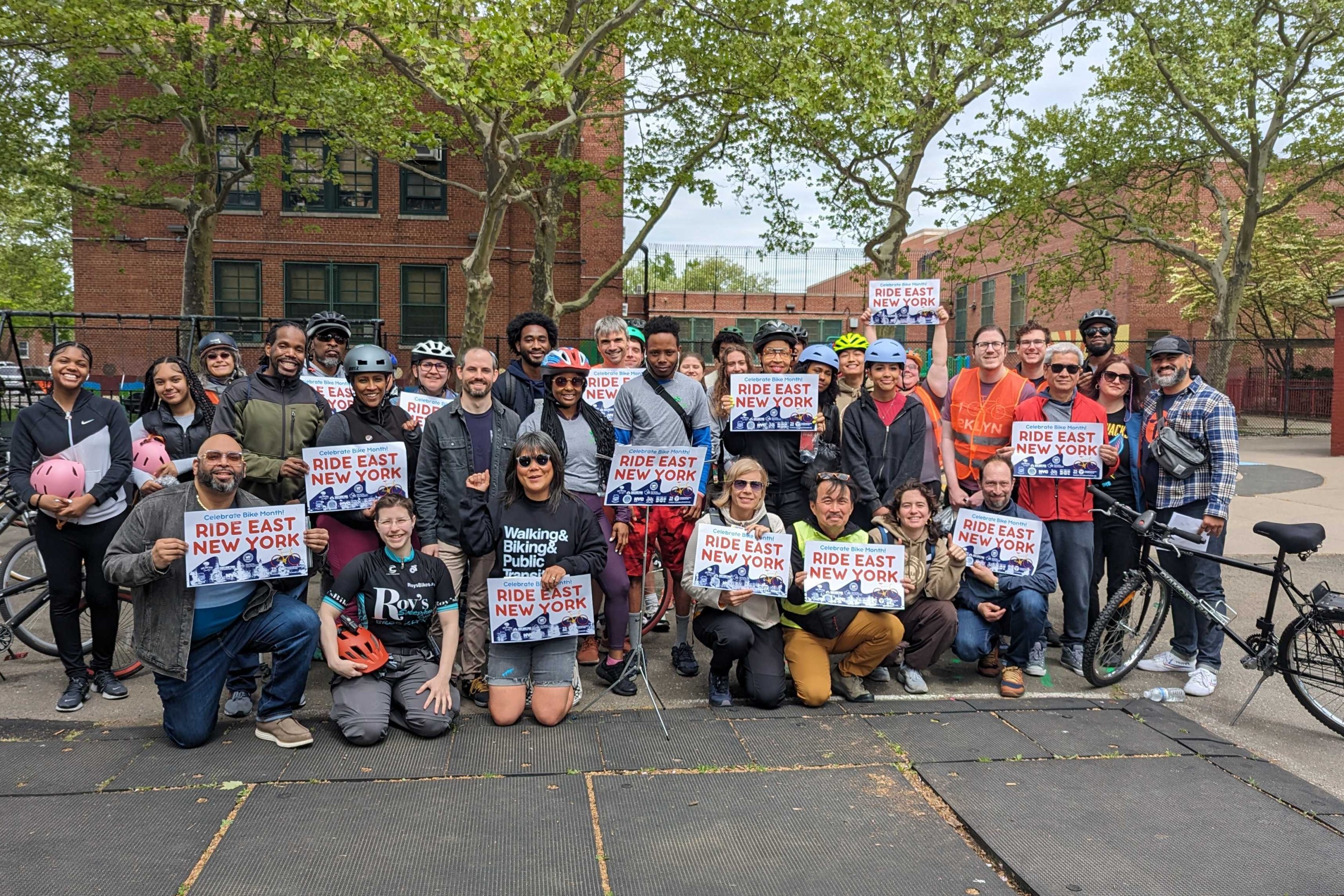Stay in touch
Sign up for our free newsletter
More from Streetsblog New York City
City Considers Fixes for Another Ridiculously Slow Cross-Bronx Bus
Potential bus improvements are on the table for the Bronx's Tremont Avenue, but the Adams administration's failures on nearby Fordham Road loom large.
DOT Unveils First Step for Park Row Redesign
The city hopes to make Park Row more appealing to residents and visitors. But the real work is years off.
Monday’s Headlines: East New York’s New Bikes Lanes Reduced Crashes Edition
Initial results show East New York's protected bike lanes made Cozine and Wortman avenues safer. Plus more news.
Stockholm Leader’s Message to NYC: ‘Congestion Pricing Just Works’
"In Stockholm, people really thought that congestion pricing would be the end of the world, the city will come to a standstill, no one would be able to get to work anymore and all the theaters and shops would just go bankrupt. None of that happened."
Friday’s Headlines: Trump Trial Trumps Safety Edition
Is anyone going to bother to fix the dangerous mess on the streets and plazas around the Trump trial? Plus more news.





